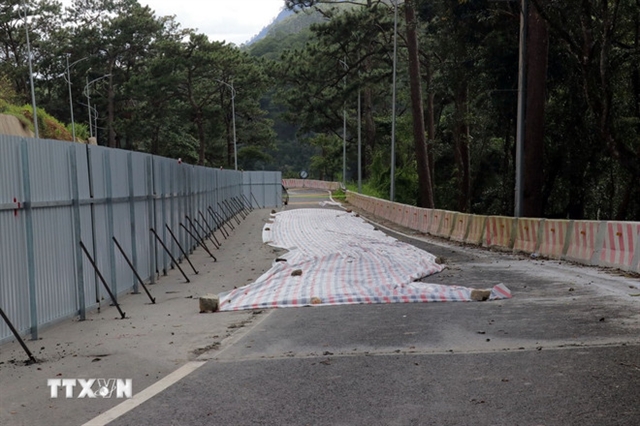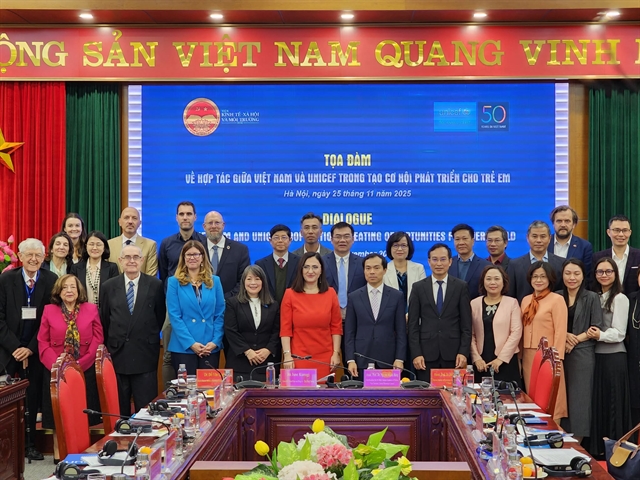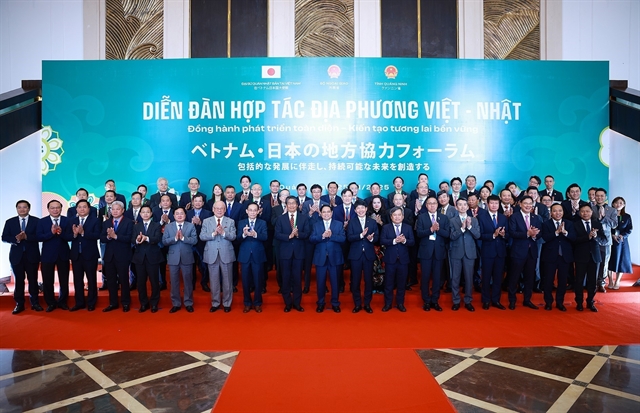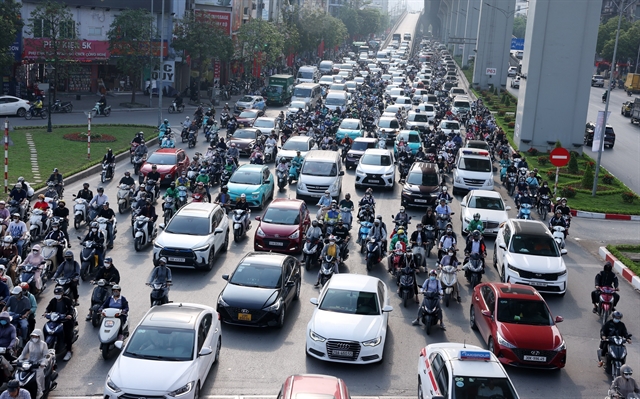 Society
Society

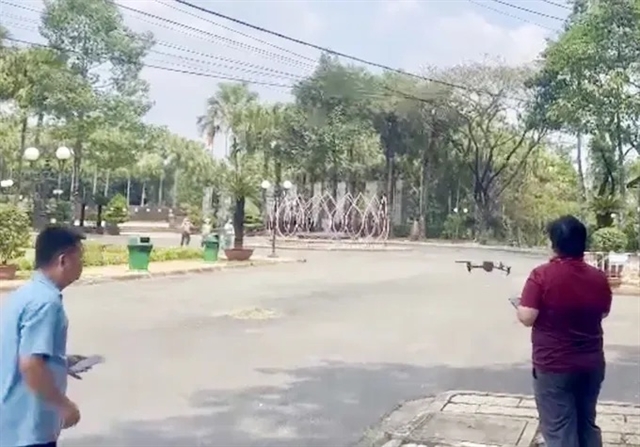 |
| Staff of HCM City’s Geographic Information System Application Centre (HCMGIS) use drones to collect data at the Historical and Cultural Park. — Photo www.sggp.org.vn |
HCM CITY — HCM City is accelerating the use of Geographic Information Systems (GIS) technology to enhance smart urban management, improve public services, and preserve cultural heritage.
Globally, GIS has become an essential tool for capturing detailed urban data and driving the development of smart cities.
In HCM City, it is being applied across multiple sectors of urban life.
Phạm Quốc Phương, director of the Geographic Information System Application Centre (HCMGIS) under the city’s Department of Science and Technology, said the HCMGIS Portal has evolved into an integrated platform for sharing geospatial data and building practical applications for daily use.
“We expect GIS technology will continue to expand its role in supporting smart urban development,” he said.
By digitising land, infrastructure, and cultural heritage data, the city aims to leverage GIS as both a governance tool and a driver of innovation, contributing to its long-term vision of becoming a world-class smart city.
HCMGIS has also built a WebGIS-based data management system for wards and communes.
The platform, designed for mobile devices, enables synchronisation and data sharing across departments, while offering flexible statistical and reporting tools.
With its open and scalable structure, the system can be easily expanded and adapted for wide application in state management.
 |
| Visitors can now access images of the Historical and Cultural Park in HCM City on their smart devices through the GIS digital map. — Photo www.sggp.org.vn |
Phạm Đức Thịnh, deputy director of HCMGIS, said the city has launched a shared digital map service with a wide range of base maps—administrative, transportation, satellite, and 3D building maps—providing residents and agencies with up-to-date information on healthcare, education, the environment, and local administration.
Most recently, GIS has been deployed in land management and facility oversight at the National Historical and Cultural Park.
The project created a database of 20 information layers covering buildings, transport networks, green spaces, and intangible cultural assets such as festivals and folk arts.
For the first time, the park’s extensive data has been fully digitised and centrally managed. The GIS software includes 13 functional groups, featuring land and facility management, digital tourism promotion, and 3D/360-degree modelling to recreate landmark structures.
“These applications are expected to not only improve governance but also boost smart tourism,” Thịnh said.
Internationally, GIS is widely used in supply chain management, infrastructure planning, and public health. In Shanghai, for example, a comprehensive 3D geographic model supports urban planning, cityscape management, and cultural preservation.
Several localities in Việt Nam have also been early adopters.
The former Bình Dương Province, which is now part of HCM City, developed a GIS-based platform for architectural and planning information, while Bắc Ninh Province has built an integrated GIS database to support areas ranging from trade to education.
Other systems include DONAGIS of Đồng Nai Province and earlier platforms such as the BETEGIS of Vĩnh Long Province (formerly Bến Tre Province) and QANAGIS of Đà Nẵng city (formerly Quảng Nam Province), which are applied to agricultural and environmental management. — VNS


